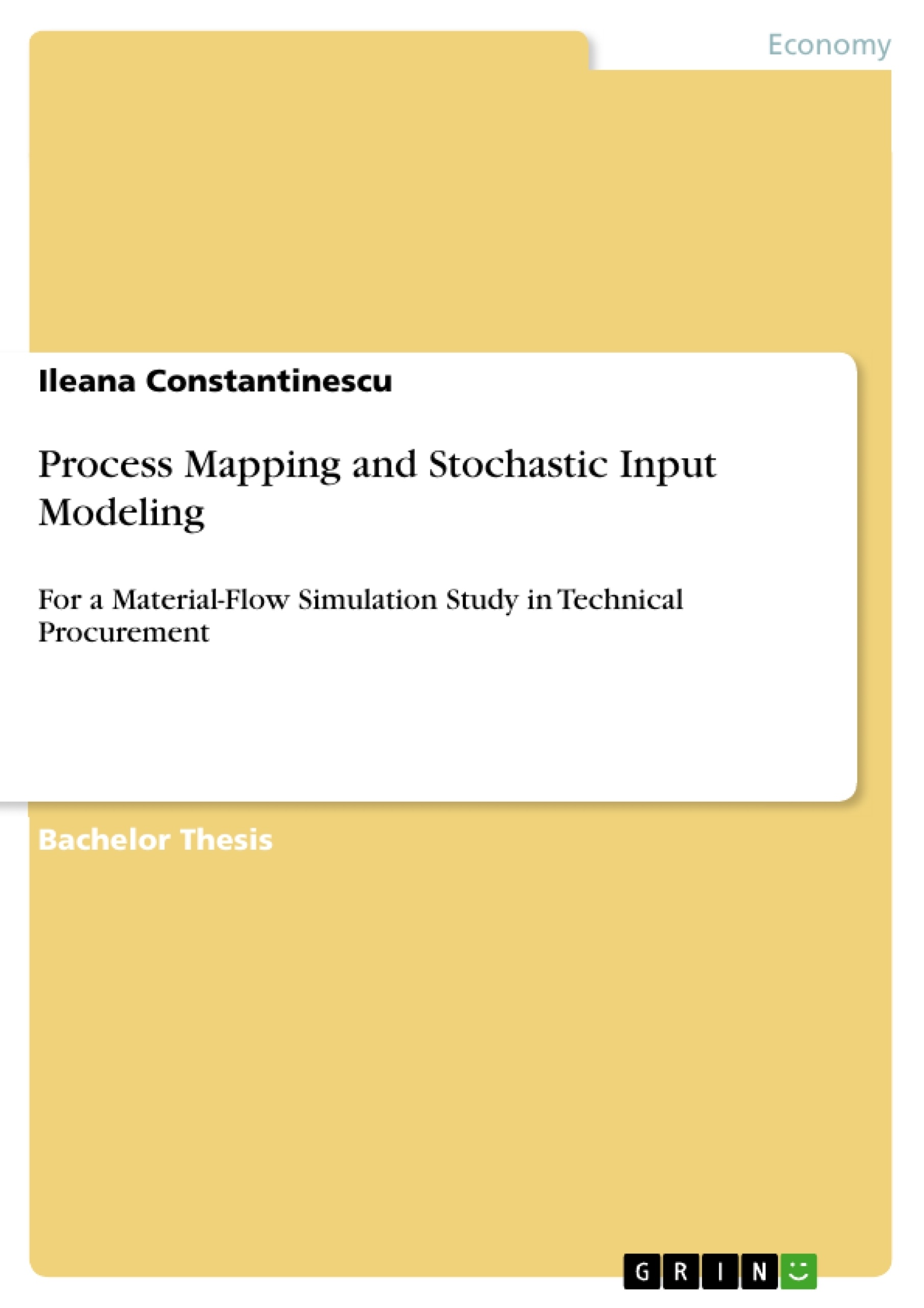Lufthansa Technik (LHT) is a provider of maintenance, repair and overhaul (MRO) services for aircraft. While LHT has traditionally performed the MRO services in-house, the subcontracted operations business is gaining momentum.
With about 90,000 outsourced MRO purchase orders (POs) per year, the process becomes increasingly complex. In the past, the company set the objective of achieving an average turnaround time (TAT) of five shop calendar days (SCD) for internal repair operations.
One of the main goals of LHT is to achieve an average TAT of fifteen SCD for the subcontracted MRO operations, between the monitoring points ‘Creation PO Requisition’ (i.e.: TS 29) and ‘Receive Unit Transaction’ (i.e.: TS 69). The current TAT is significantly higher, with substantial process variability.
The repair subcontracting value-chain consists of several processes, which fall under different areas of responsibility. Due to the stochastic nature of the series of processes and because
many variables influence the overall performance of the system, a simulation study needs to be conducted. The present thesis aims to develop an analytical input model for a simulation study in technical procurement.
Practical relevancy of the research problem
The building of the analytical input model and subsequent simulation model is a substantial
milestone towards the process optimization in the subcontracted MRO operations business.
The modeling of processes as an M/M/1 queuing system is the first step needed in order to
i) Simulate the processes and leverage optimization methods from the field of Production Logistics;
ii) Identify whether the application of queuing theory elements for process
description and analysis within technical procurement would aid in improving the processes.
Theoretical relevancy of the research problem
The thesis aims at applying already existing elements from queuing theory and statistics to a relatively new field – technical procurement, as to bring a contribution to the queuing science, an interface between queuing theory and practice.[...]
Inhaltsverzeichnis (Table of Contents)
- Introduction
- Problem of the Thesis
- Aims of the Thesis
- Course of Research
- Critical Perspective on Queuing Theory Approach
- Theoretical Foundations
- Queuing Theory
- Probability Theory and Statistics
- Production Logistics
- Discrete Event System Simulation
- Methodology
- System Analysis
- Raw Data Collection
- Data Preparation and Modeling Procedure
- Inputs for the Analysis
- Output of the Analysis
- Assumptions and Simplifications
- Implementation
- Exemplary Procedure Funnel 1
- Table of Results
- Results and Critical Reflections
- Final Consideration
- Implications for Further Research
- Implications for Practice
Zielsetzung und Themenschwerpunkte (Objectives and Key Themes)
This thesis investigates the application of queuing theory and discrete event simulation to optimize material flow in technical procurement. The research aims to identify bottlenecks in the procurement process, model stochastic input parameters, and ultimately propose improvements for streamlining material flow.
- Queuing theory and its application in material flow optimization
- Stochastic input modeling for simulation studies
- Discrete event simulation for process analysis and optimization
- Identification and analysis of bottlenecks in technical procurement
- Development of recommendations for improved material flow efficiency
Zusammenfassung der Kapitel (Chapter Summaries)
The introduction lays out the problem of inefficient material flow in technical procurement and establishes the thesis's objectives. The chapter on theoretical foundations provides a comprehensive overview of queuing theory, probability theory and statistics, production logistics, and discrete event simulation. Methodology details the approach taken, encompassing system analysis, data collection, preparation, and modeling, as well as the inputs and outputs of the analysis. Implementation presents an exemplary procedure funnel and a table of results, while Results and Critical Reflections offer final considerations, implications for further research, and practical implications.
Schlüsselwörter (Keywords)
This study focuses on the application of queuing theory and discrete event simulation in technical procurement. It examines key concepts like stochastic input modeling, process analysis, bottleneck identification, and material flow optimization. The study utilizes data from a real-world procurement process to illustrate the effectiveness of the proposed methodology.
- Quote paper
- Ileana Constantinescu (Author), 2011, Process Mapping and Stochastic Input Modeling, Munich, GRIN Verlag, https://www.grin.com/document/181775



